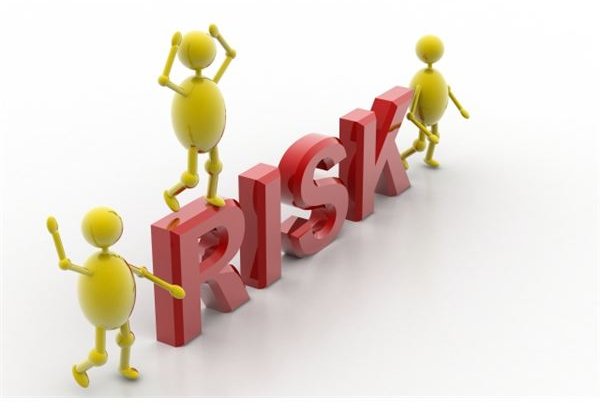What are the Steps in Risk Assessment
Creating Your List
A risk assessment helps you determine what could be a potential risk to the successful completion of your project. You should try to figure out everything that could be risk, but this can be impossible since there are only so many hours in the day. So, instead, you may want to just identify the major risks to your organization, and then just maybe do a quick list of the smaller risks. However you decide to create your plan, here are some of the major steps in risk assessment.
As mentioned previously, brainstorm with your team all the potential risks to the project. The entire process shouldn’t take more than an hour. You basically just want to do a quick overview of the potential problems. You just want a list and not a detailed qualitative and quantitative analysis. Throw these up on a white board.
Risk Ratings
Next, give each risk a rating: high, medium and low. Low risk items need to be considered, but there is a smaller chance that they will cause the entire project to go off the rails. Medium risk items are ones that could cause issues, but that there is still a lower chance that they will cause your project to fail. High risk items are the problems that take the most precedence. They can cause your project to fail, and you need to plan for these risks ahead of time.
Within this list, you also need to consider what are the chances that these problems will actually occur. If they are a high risk item and they are likely to occur, these will be given higher priority to those that are a low risk to the project, but have a higher priority to occur.
Why, you may ask? Well, low risk items are not going to overly adversely affect your project. So, even if these risks do occur, they are something that probably can be quickly fixed during the course of the project. But, if an item has a high risk of adversely your project and there is a high probability that these risks will occur, this could cause your project to completely fail.
Since you cannot tackle everything, you want to deal with the items that have the most chance of causing your project to not succeed.
Create Your Plan
Once you have figured out all the risks, the next step in risk assessment is to evaluate high and medium risk items. Make a risk management plan for all high-risk items. Hopefully, there won’t be too many of these, which will give you more time to layout comprehensive plans for each of these high risk items.
Next, move on to the medium risk items, and try to figure out which ones are actually important. You may even want to ignore some of them if you don’t think they are that big of a risk. The low priority items should be dealt with as they arise, and you don’t need to make a plan for them.
Image credit: renjith krishnan / FreeDigitalPhotos.net
